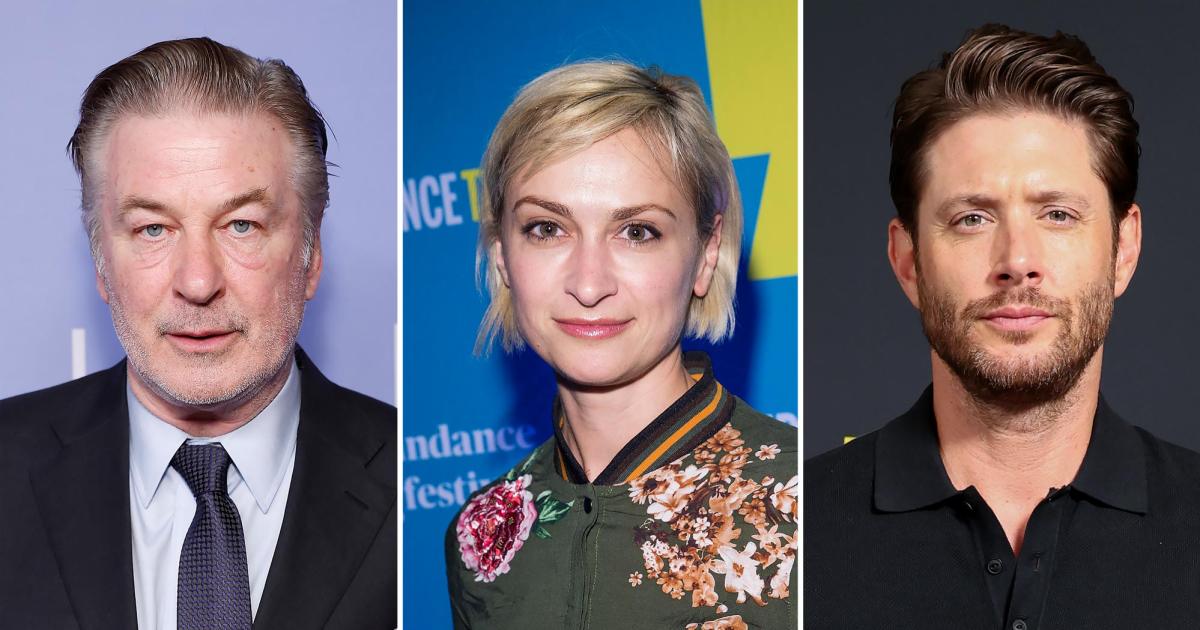Unveiling the Untold: Rust Actors and Their Absences in the Hulu Documentary
The Hulu documentary on the tragic shooting incident during the production of the film Rust has stirred significant public discourse. This documentary not only chronicles the unfortunate events that led to the loss of life but also highlights the complex interplay of actors’ participation and their subsequent silence. In our exploration of these dynamics, we delve into the implications of these decisions and their impact on the film’s narrative and the broader entertainment landscape.
Understanding the Context of the Rust Shooting
In October 2021, the film industry was rocked by an incident involving a prop gun on the set of Rust, resulting in the tragic death of cinematographer Halyna Hutchins and injuries to director Joel Souza. The incident raised urgent questions about safety protocols in the industry and spurred discussions about accountability among cast and crew. The Hulu documentary aims to shed light on these critical issues, presenting a narrative that intertwines personal accounts with the broader implications of the tragedy.
Who Spoke Up and Who Remained Silent?
One of the most compelling aspects of the documentary revolves around the actors involved in the production. While some chose to participate actively, sharing their perspectives and experiences, others opted for silence. This decision is laden with implications, as it not only reflects personal choices but also impacts public perception and the ongoing conversation about safety in filmmaking.
- Participating Actors: Notable figures like Alec Baldwin have voiced their thoughts, grappling with the emotional weight of the incident and expressing regret and sorrow over the event.
- Silent Actors: Conversely, some actors who were part of the cast have chosen not to engage with the media or the documentary, raising questions about their motivations and the potential ramifications of their silence.
The Implications of Participation and Silence
The choices made by these actors extend beyond personal comfort—each decision carries weighty implications for the film’s narrative, public discourse, and industry practices. Here are a few considerations:
- Public Perception: Actors who choose to speak out may position themselves as advocates for change, emphasizing the need for reform in safety protocols. Their voices can amplify calls for accountability and serve as a catalyst for industry-wide discussions.
- Reputation Management: Silence can be a double-edged sword. For some actors, remaining silent might be a strategic choice to avoid further scrutiny or backlash, while for others, it may lead to public speculation about their motives and character.
- The Narrative of Rust: The absence of certain actors’ voices can create gaps in the narrative, leaving viewers with an incomplete picture of the events leading up to the incident. This can shape the documentary’s impact and the audience’s understanding of the tragedy.
Exploring the Broader Impact on the Film Industry
The fallout from the Rust shooting and the subsequent documentary extends beyond individual actors. It prompts a reevaluation of safety protocols, industry standards, and the responsibilities of filmmakers. The documentary serves as a crucial reminder of the importance of dialogue in preventing future tragedies.
Calls for Reform
In the wake of the incident, industry professionals and advocates have rallied for comprehensive reforms. These include:
- Enhanced Safety Protocols: A push for stricter guidelines regarding the use of firearms and other potentially dangerous props on set.
- Training and Education: Implementing mandatory training programs for cast and crew to ensure everyone understands the risks and safety measures associated with their work.
- Accountability Measures: Establishing clear lines of accountability for safety breaches, ensuring that all personnel understand their responsibilities in maintaining a safe working environment.
The Role of Media in Shaping the Narrative
The media, particularly documentaries like the one on Hulu, play a pivotal role in shaping public understanding of such incidents. They provide a platform for discussion and reflection, holding the industry accountable while also humanizing the individuals involved. The way the documentary portrays the actors’ decisions—both to speak and to remain silent—can influence how audiences perceive the events and the individuals involved.
Reflections on Personal Impact
The actors involved in Rust are not just public figures; they are individuals grappling with the emotional aftermath of a tragedy. Their decisions about participating in the documentary reflect personal journeys of grief, guilt, and the desire for healing. For many, the act of speaking out can be cathartic, allowing them to process their experiences and advocate for change. For others, silence may serve as a protective measure, shielding them from the intense scrutiny and emotional turmoil that public discourse can exacerbate.
Conclusion: A Story Still Being Written
The documentary on the Rust shooting opens a dialogue that is far from over. It lays bare the complexities of actor participation and silence, inviting viewers to reflect on the implications of each choice. As the film industry grapples with the fallout of this tragedy, the voices—both spoken and unspoken—will continue to shape the narrative moving forward.
Ultimately, the story of Rust is not just about a film; it’s about the people behind it and the lessons that must be learned to ensure the safety and well-being of all involved in the filmmaking process. The documentary serves as a poignant reminder of the need for ongoing dialogue, reform, and compassion in the face of tragedy.
See more CNET Live

